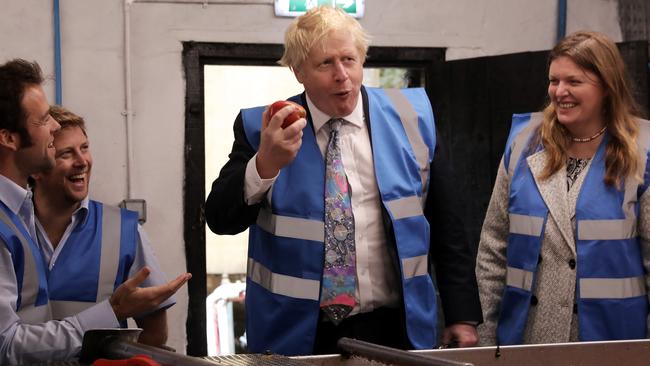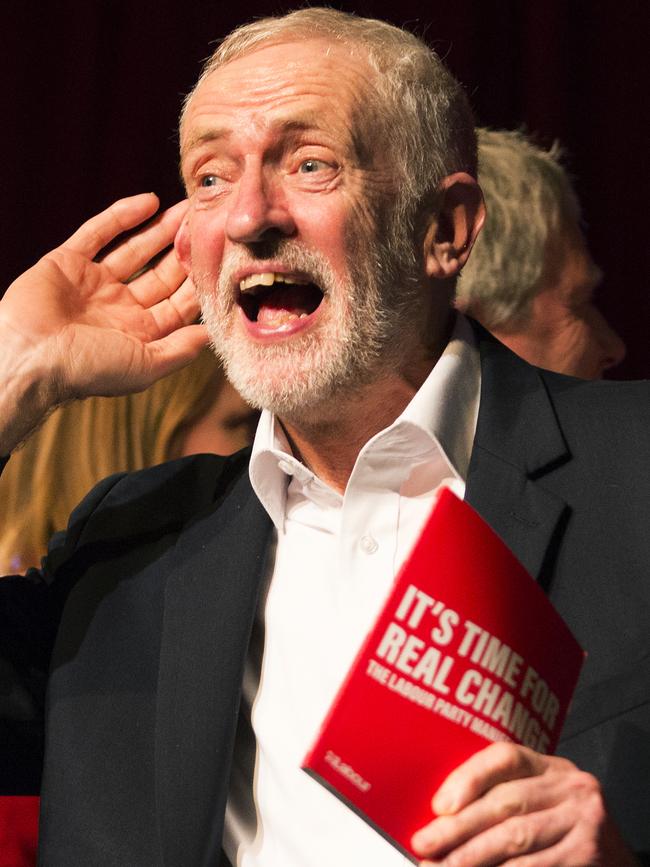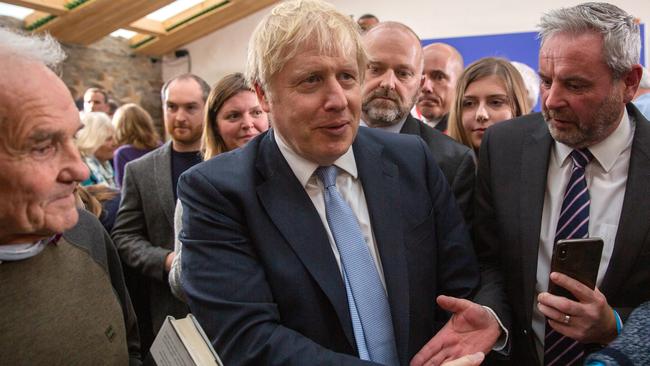UK election: Polls point to big majority for Boris Johnson
A huge poll of 100,000 voters points to a comfortable win, with Labour on course to lose 51 seats.

Boris Johnson is on course for a comfortable majority, according to a polling model that accurately predicted the election outcome two years ago.
The Conservatives would win 359 seats, Labour 211, the SNP 43 and the Lib Dems 13 if the election were held today, according to a seat-by-seat analysis based on current polling by YouGov for The Times.
READ MORE: Johnson and Corbyn polarise voters | Sheridan: We must resist foul Jeremy Corbyn and his anti-Semitic tinder | Corbyn struggles to counter anti-Semitism charge | Corbyn ‘not for high office’: Chief Rabbi
That result would give Mr Johnson a majority of 68 as he made gains at Labour’s expense, particularly in the Midlands and north of England. Jeremy Corbyn is on course to lose 51 constituencies and lead Labour to its second-worst post-war defeat, with Jeremy Corbyn’s total two above Michael Foot’s in 1983.

However, the projected margins of victory are below 5 per cent in at least 30 seats predicted to be Conservative. YouGov cautions that a fall from the present Tory national poll lead of 11 percentage points to less than 7 could yet deny Mr Johnson a majority.
Based on more than 100,000 interviews over seven days, the pollster has modelled voting preferences based on age, gender, education, past vote and other factors, along with local political circumstances. The multi-level regression and post-stratification (MRP) model is then applied to the demographic make-up and individual characteristics of each of the 632 constituencies in the United Kingdom to provide projected vote shares for each seat.
It was used for the first time in a general election in 2017. The Times published a YouGov-MRP poll that accurately predicted a hung parliament when many other polls were pointing to a big Tory majority ten days from the vote on June 8.
Today’s version is based on national vote shares of the Conservatives on 43 per cent, Labour 32, Lib Dems 14 and the Brexit Party 3. The pollster will repeat the model before election day using updated results. The analysis suggests that this time Mr Johnson is holding off the Lib Dem threat in most Tory seats that voted to remain and will not suffer anything like the wipe-out in Scotland that some had predicted.

Of the 58 seats predicted to change hands on December 12, 44 are Tory gains from Labour. However, Labour is within 3 points of retaining 16 seats the model predicts it would lose now.
The SNP would recover some of its losses in Scotland, taking eight seats from rival parties under the model. It predicts that the Tories would lose two of their 13 Scottish seats and Labour would lose five.
The result would represent a repudiation of Mr Corbyn’s push for a second EU referendum and decision to be “neutral” on whether he would campaign for Leave or Remain. All bar two of the potential Tory gains from Labour voted Leave in 2016.
The analysis suggests that Labour casualties could include Dennis Skinner in Bolsover and Caroline Flint in Don Valley despite their support for Brexit in the Commons. For the Tories Zac Goldsmith appears doomed in Richmond Park. Mr Johnson is forecast to hold Uxbridge comfortably.
If the prime minister achieves this result he will have torn down the “red wall” of Labour seats from Great Grimsby to the Vale of Clwyd in a realignment of politics. His aide, Dominic Cummings, warned against complacency, writing in his blog: “Trust me, as someone who has worked on lots of campaigns, things are MUCH tighter than they seem and there is a very real possibility of a hung parliament.”
The Times



To join the conversation, please log in. Don't have an account? Register
Join the conversation, you are commenting as Logout